
[Videos] Operations Training for Investigation inside the Primary Containment Vessel (PCV) at the Fukushima Daiichi Nuclear Power Station (NPS) Unit 2 and Equipment for Preliminary Investigation inside the Pedestal and Deposit Removal Equipment (Oct. 14, 2015)
Oct.14,2015
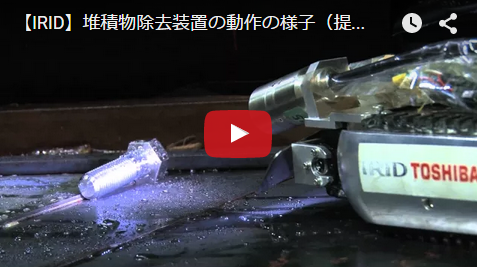
The inside of the PCV at the Fukushima Daiichi NPS Unit 2 is to be investigated by deploying the remotely-operated robot (scorpion robot) in place as soon as on-site preparations are completed, including investigation of the periphery of the penetration through which the investigation robot will be inserted.
Below are five videos, including one showing TOSHIBA CORPORATION, an IRID member, conducting training in preparation for the investigation inside the PCV this summer.
Development and Utilization of Dry Ice Blast Decontamination Equipment for High Places (Sept. 8, 2015)
Sep.08,2015
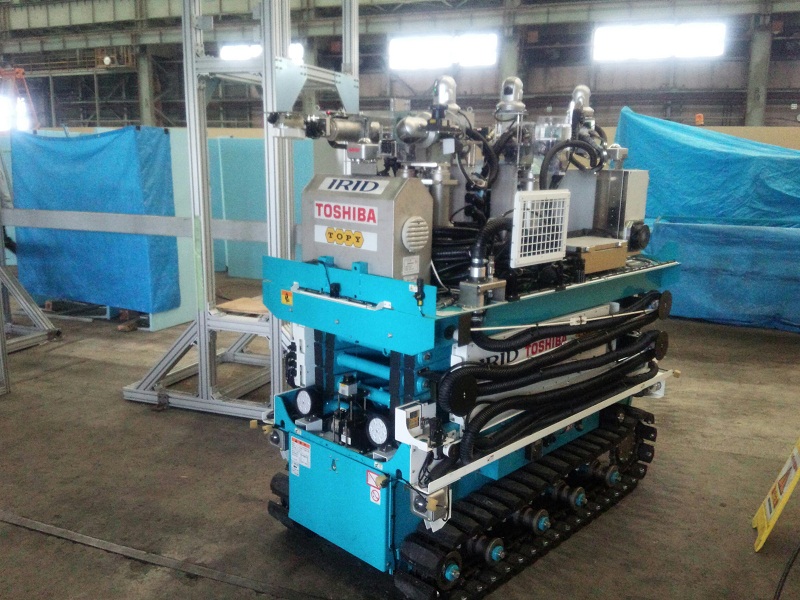
The decontamination work in reactor buildings at the Fukushima Daiichi Nuclear Power Station (NPS) must be accelerated as early as possible because radiation doses there are currently high and therefor workers are not able to put in long hours.
Training on use of ‘TEMBO’ equipment to remove shielding blocks and iron plates now underway (Mitsubishi Heavy Industries)
May.28,2015
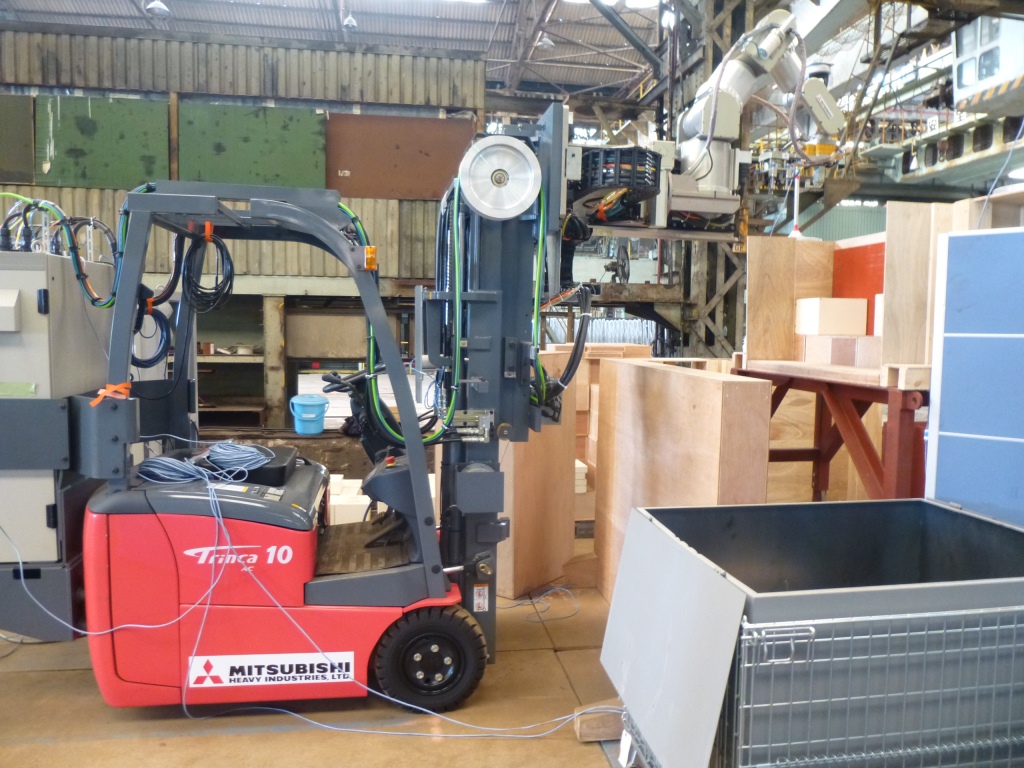
IRID plans to use a miniature robot to investigate (‘A2 Investigation’) the inside of the Fukushima Daiichi Unit 2 primary containment vessel (PCV). This investigation will see the robot make its way the point directly below the reactor pressure vessel and making full use of an onboard camera, in addition to other devices, measure radiation and temperature levels and have it collect vital data for the consideration of various decommissioning scenarios.
Commencement of Reactor Interior Survey Using ‘Muon Transmission Method’ (February 12, 2015)
Feb.12,2015

A survey of the interior of Unit 1 at the Fukushima Daiichi Nuclear Power Station (NPS) using the ‘muon transmission method’ began on February 12, 2015.
In order for the decommissioning of the damaged reactors at the Fukushima Daiichi NPS to proceed, molten fuel debris inside the reactors must first be retrieved. However, radiation levels are extremely high, preventing workers from entering the reactor building and directly observing the condition and location of the fuel in the cores.
Muon measuring instrument production for “muon transmission method” and its review by international experts
Jan.20,2015

Work on the construction of measuring equipment in preparation for testing of muon technology is currently underway. It is hoped that this technology will allow experts to obtain a view inside the reactors at the Fukushima Daiichi Nuclear Power Station (NPS).
To investigate the position of fuel in reactor using cosmic ray muon, a preparatory test for designing a measuring system was conducted at Fukushima Daiichi Nuclear Power Station.
Aug.20,2014
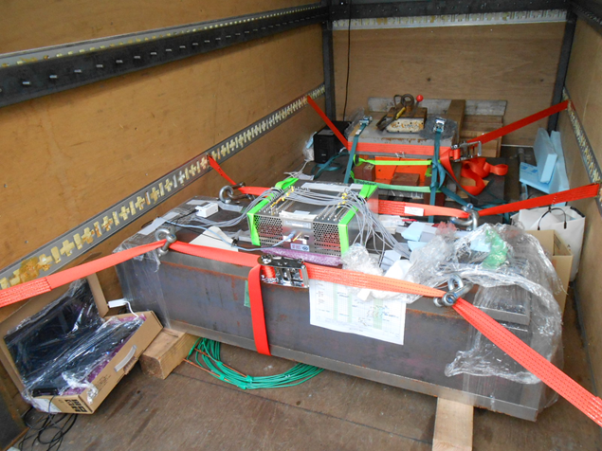
IRID conducted a preparatory test for designing a measuring system using “muon transmission method” at Fukushima Daiichi Nuclear Power Station (NPS) and reports the result herein.
Long-term storage of secondary radioactive waste resulting from contaminated water treatment
Jul.11,2014

The Japan Atomic Energy Agency (JAEA) evaluated the potential hazards pertaining to the storage of waste zeolite and sludge that were used to treat contaminated water. The JAEA concluded that there exists a very low risk of hydrogen fire or hydrogen cyanide poisoning due to the radiolysis reactions occurring in the storage areas.
Progress status of “PCV lower-section repair technology” test
May.30,2014

The investigation and repair of primary containment vessel (PCV) leak locations are indispensable for water filling according to the fuel debris retrieval plan in the “Mid- and-Long-Term Roadmap” and for preventing contaminated water levels from increasing.
The progress status of the R&D project for the “inspection/repair of leaking locations using PCV lower-section repair technology” in the subsidy project of the Japanese Ministry of Economy, Trade and Industry (METI) is as follows:
Evaluation of the Distribution of On-Site Radioactive Nuclides by Radiochemical Analysis of Standing Trees
May.09,2014
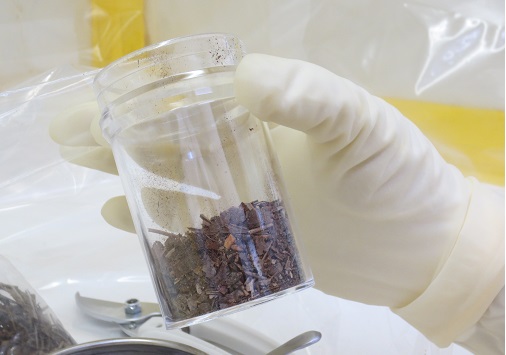
The Japan Atomic Energy Agency (JAEA), a member of IRID, conducted a project of radiochemical analysis of standing trees at TEPCO’s Fukushima Daiichi Nuclear Power Station (NPS). This analysis was part of a study to collect and evaluate basic data needed to examine methods to process and dispose of radioactive waste generated at the site. The JAEA led this R&D project with partially funding from the Japanese Ministry of Economy, Trade and Industry (METI).
Ongoing Development of “Submergible Crawling Swimming Robot” and “Shape-changing Robot”
Apr.24,2014
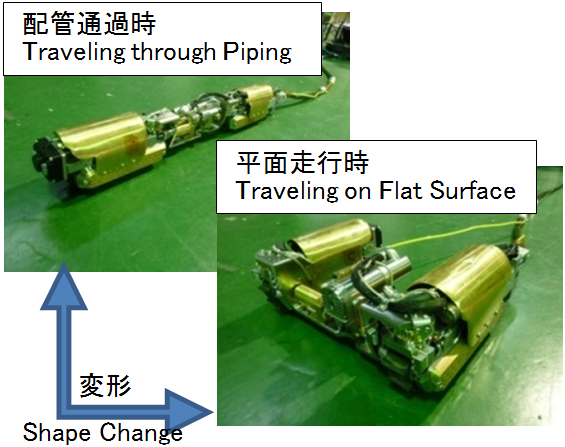
Hitachi-GE Nuclear Energy Ltd. (a member of IRID) and Hitachi Ltd. announced the development of two types of transformer robots that can modify their posture or shape in water or in narrow spaces surrounded by obstacles. These robots will advance to demonstration testing for IRID’s R&D projects, which has following main aims, namely “Inspection of leaking locations of the PCV” and “Investigating the inside of reactor containment vessels. This project is partially funded by the Japanese Ministry of Economy, Trade and Industry (METI).







